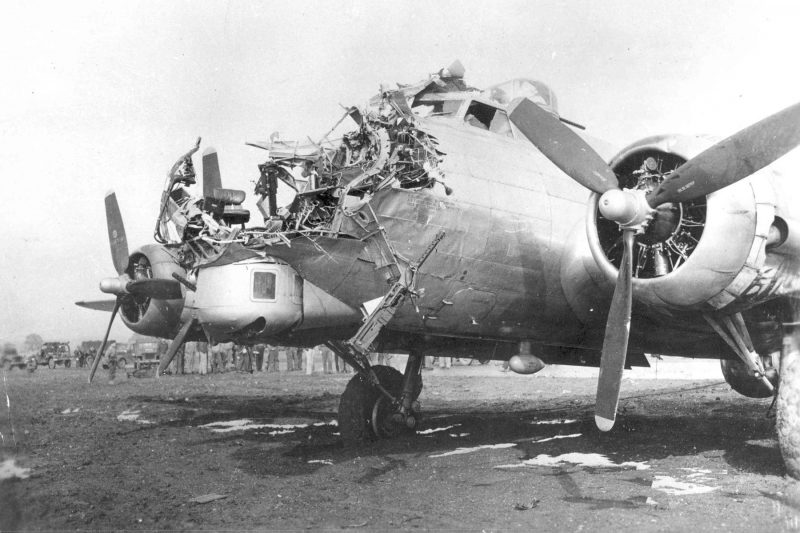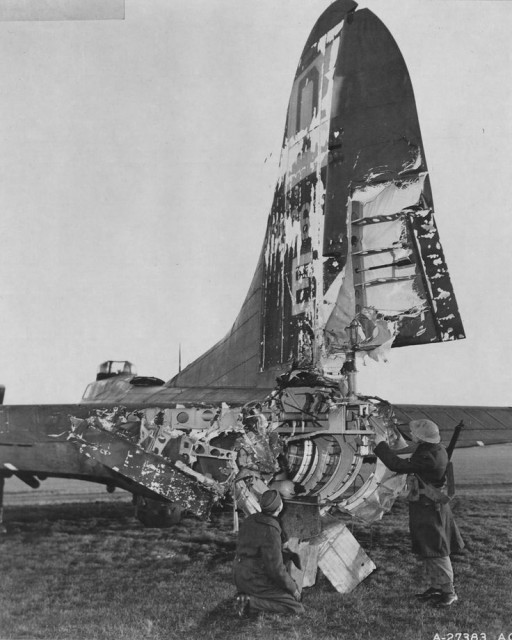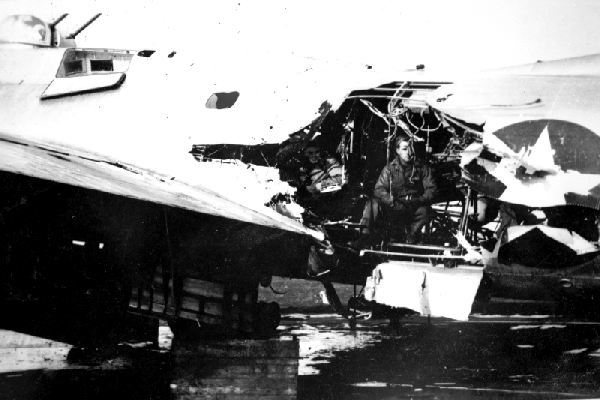You know, after I saw this and heard that a woman was almost pulled through the window, I'm gonna rethink my stand on window seats as well.
Hawaii Air Lines ruined first class for me when I saw the roof get torn off of it's first class section of the jet.
Now window seats? Guess I'm gonna have to start driving or taking a train.
How many tens of millions of flights have taken off over that time period where absolutely nothing has happened, but because of two incidents 30 years apart now it's all over for you? Don't be such a wuss.
Lol - I'm with you on that Bro. And Southwest? OmG, considering their size and the number of takeoffs and landings (most in the industry) - their safety record is amazing. One would be more likely to die walking across the street.
Tuesday’s death was the first in-flight fatality due to an accident in the 47-year history of Southwest. That doesn’t include a 2005 episode in which one of its jets skidded off a snowy runway in Chicago and onto a road, killing a 6-year-old boy in a car.
My fear of flying has mostly to do with my lack of control of the situation, and the lack of knowing what can or is going to happen. I have the utmost faith in the machine itself and in the pilots, but my greatest fear has always been a 10 minute death plunge from altitude.
That being said I do fly at least 1-2 times a year, I just get drunk before I get on the plane.
And that doesn't stop me from watching Air Disasters religiously (just not in the two weeks before I am going to fly)
I wouldn't worry too much about it. If the plane came apart at 30,000 ft, you don't have enough oxygen up there to keep you alive, so you will suffocate, pass out, and then die.
All before you hit the ground.




